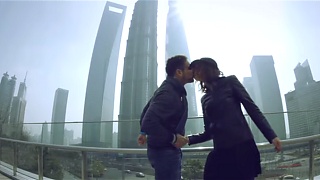Including TianMu Lake 天目湖 ...

Live more ...
 NanShan ZhuHai 南山竹海 (South Hill Bamboo Sea), near LiYang, JiangSu province
NanShan ZhuHai 南山竹海 (South Hill Bamboo Sea), near LiYang, JiangSu provinceIncluding TianMu Lake 天目湖 ...


|
With Walk East ...
|

|
With BeiJing Liu ...
|

|
With lots and lots of street food : )
Sun Kissed Bucket List ...
|

|
With Wei's Travel ...
|

|
With Seiu Travel ...
|

|
Soaring Dragons, Leaping Tigers ...
The Spring Festival Gala highlights (2024) ...
Bonus film - drums and ice at the Great Wall - from the BeiJing Winter Olympics ...
|

|
With a great song by Pharrell Williams
Bonus film ...
Family and friends from the Philippines on a trip to Beijing ...
|

|
I'll wait a thousand years for you ...
Because you are me and I am you.
The wound is where the light enters you.
Before change the world, change yourself.
- Rumi - 13th century Sufi sage.
|

|
With Walk East ...
|